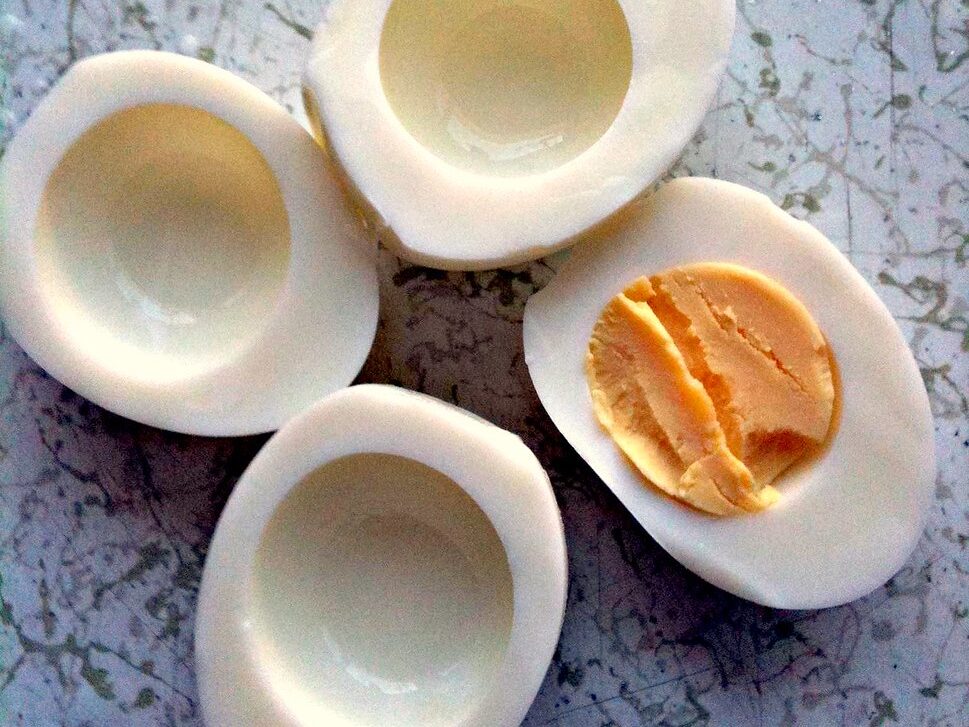
Microwaves make life easier, but not every food plays nice with all that fast heat. Some dishes lose their taste and texture or even become risky when you zap them the wrong way. Whether it’s about safety, flavor, or just saving your leftovers from turning into rubber, here are 9 foods that are better off staying out of the microwave.
Hard-Boiled Eggs
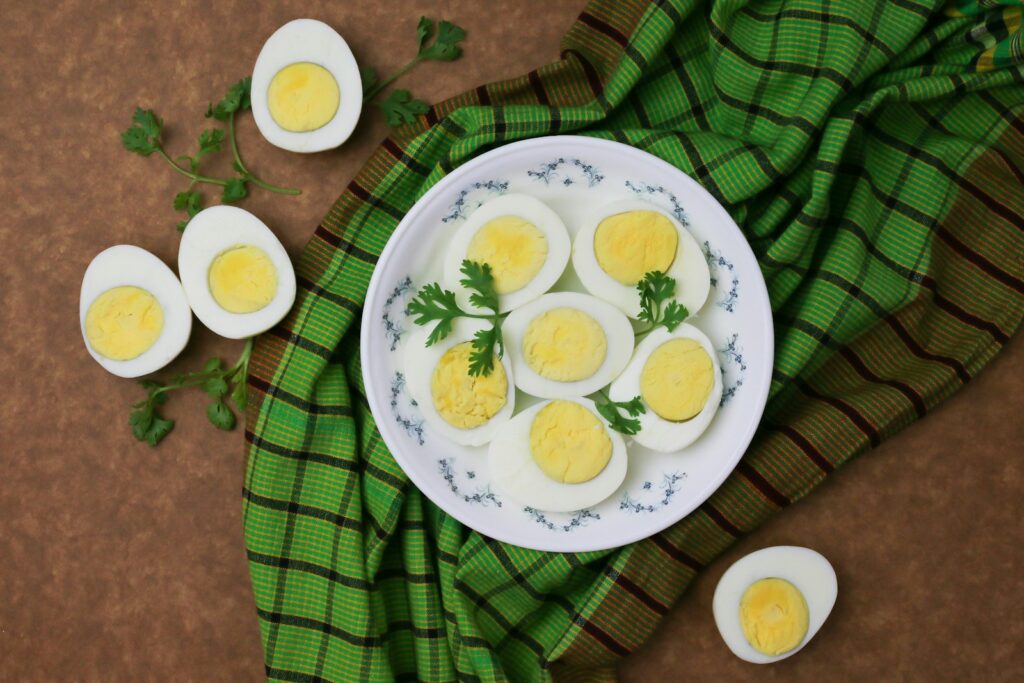
Heating a hard-boiled egg in the microwave might sound like no big deal, but it can actually be pretty dangerous. The steam builds up inside the egg so fast that it turns into pressure, and when you bite into it or cut it open, it can explode in your face. To warm them up safely, peel them first and heat them slowly on the stovetop, or eat them cold.
Breast Milk

Microwaving breast milk isn’t just about uneven heat—it can also damage the precious nutrients that make it so important. The microwave creates hot spots that might not seem obvious, but they can scald a baby’s mouth. Plus, it breaks down some of the antibodies that help keep babies healthy. Warming it gently in a bowl of hot water is much safer and keeps the milk’s benefits intact.
Grapes

Grapes in the microwave may seem harmless, but they react in a truly bizarre—and dangerous—way. The sugars and moisture inside them heat unevenly and can actually cause a spark or burst of plasma, which looks like a fire inside your microwave. Not only does that damage the appliance, but it can be a serious fire risk. It’s safer (and tastier) to keep grapes cold, frozen, or fresh.
Hot Peppers

Microwaving hot peppers doesn’t just warm them up—it releases capsaicin, the chemical that gives them their kick, into the air. Once that gets out, it can cause a pepper spray–like effect in your kitchen, making your eyes burn and throat sting. It’s a strong irritant that’s hard to escape. If you need to heat spicy peppers, do it in a pan with good airflow—not a sealed microwave.
Processed Meats

Processed meats like bacon, hot dogs, and deli slices often contain preservatives and chemicals that can turn harmful when microwaved. The intense heat causes these additives to break down and sometimes produce nitrosamines, which have been linked to health risks. Plus, these meats heat unevenly and can become rubbery or dry. It’s safer—and tastes way better—when you reheat them in a skillet or oven instead of the microwave.
Leftover Potatoes

Potatoes can be a surprising danger when reheated the wrong way. If they are left out at room temperature too long before being stored, they can develop Clostridium botulinum, a bacteria that causes serious food poisoning. Microwaving them may not get hot enough to kill it. To stay safe, refrigerate leftover potatoes right away and reheat them thoroughly in the oven or on the stovetop for even heating.
Frozen Meat
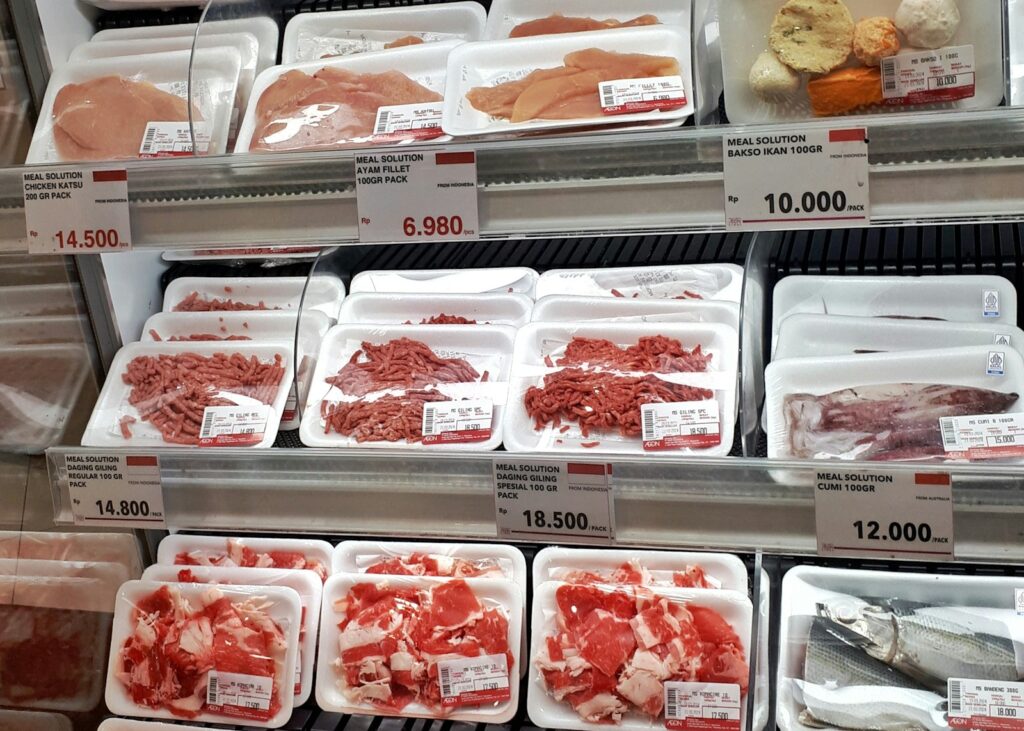
Microwaving frozen meat may seem like a shortcut, but it often leads to uneven cooking. The outside can start to cook while the inside is still frozen, which allows bacteria to survive and even multiply. This is especially risky with chicken or ground beef. Instead, thaw meat left in the fridge overnight or use the cold-water method if you’re short on time. It’s safer and results in better texture, too.
Rice
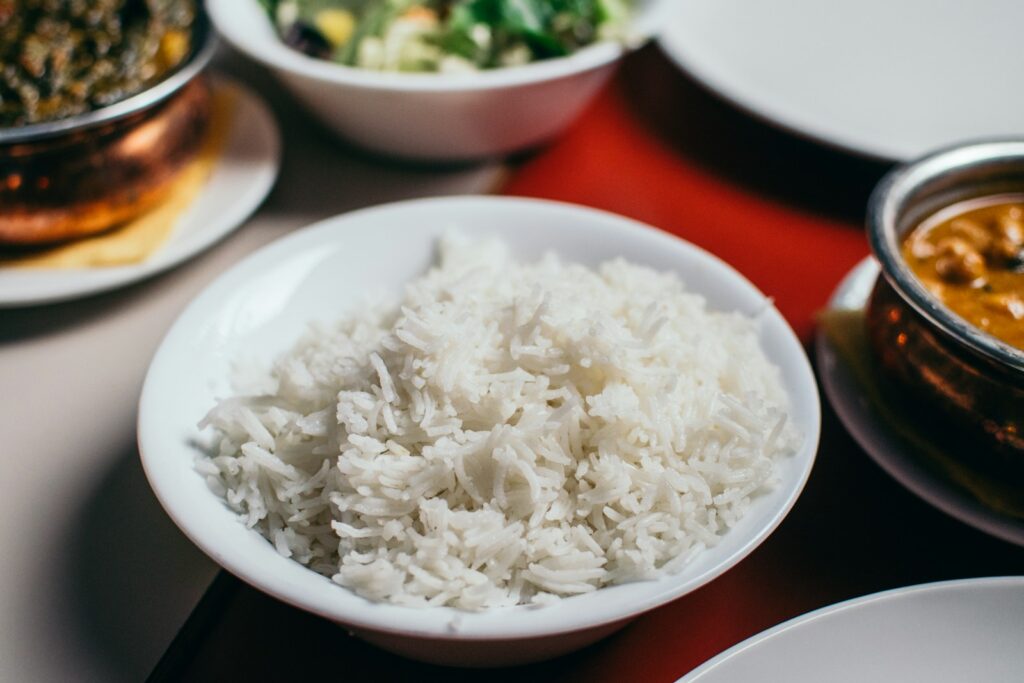
Rice might seem simple to reheat, but it can hide a nasty surprise. If it is left out too long after cooking and not cooled properly, it can develop Bacillus cereus, a bacteria that produces toxins. Microwaving won’t always destroy those toxins, and eating it can lead to food poisoning. For safer reheating, refrigerate rice quickly after cooking and steam it thoroughly or warm it on the stovetop.
Bread
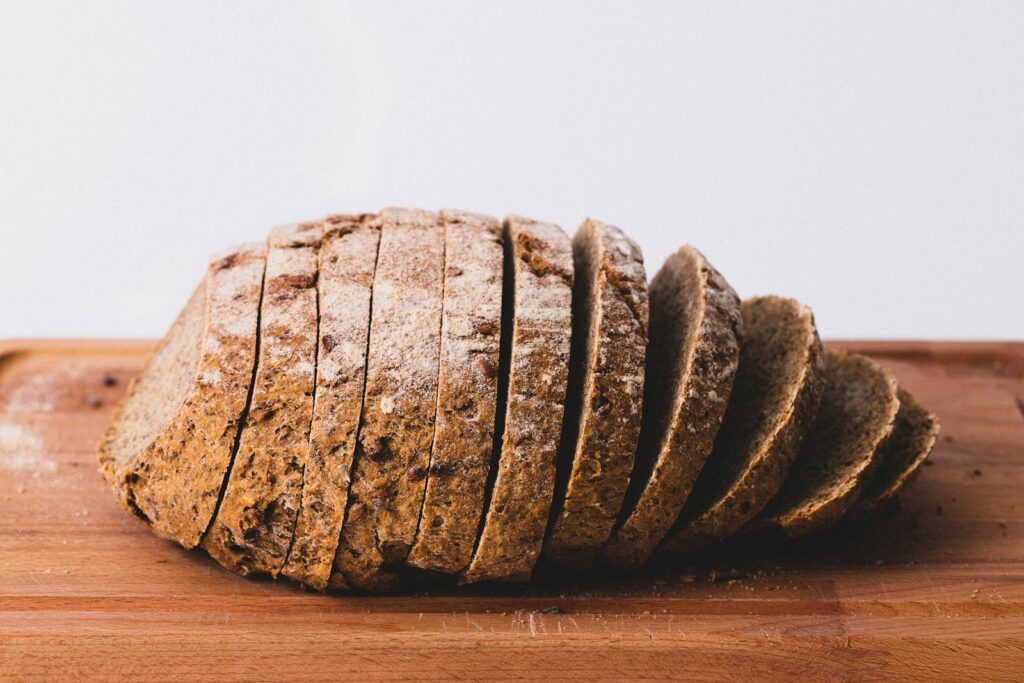
Microwaving bread almost always leads to disappointment. It may feel soft for a second, but then it turns chewy or rock-hard in minutes. That happens because the microwave messes with the bread’s starches, changing their structure. Instead of fluffy and warm, you get something rubbery or tough. If you want to bring back that fresh-baked feel, use a toaster or oven for a gentle, even crisp.
Leave a comment